Kamikochi, a seasonal resort town nestled in the Japanese Alps at 1,500m elevation, is an idyllic, car-free getaway with cool mountain air, riverside hiking trails, and an abundance of Japanese snow monkeys. With a record 35 million foreign visitors expected in Japan this year, Kamikochi offers an escape from the enervating heat that grips most of Japan in the summertime and its abundant, sublime autumn colors that peak in October.
The quest to find pristine natural environs unspoiled by mass tourism predates the social media era. English missionary, climber, and conservationist Reverend Walter Weston popularized the term “Japanese Alps” in his 1896 book, Mountaineering and Exploration in the Japanese Alps.
The town’s popularity as a holiday destination for Japanese tourists spiked in 1927 with the release of Kappa, a novel set in Kamikochi written by Ryunosuke Akutagawa, one of Japan’s most famous writers. In 1934, Chūbu-Sangaku National Park, home to Kamikochi and 10 of Japan’s 21 peaks over 3,000m, was established, making the area known as the “most beautiful valley in Japan”.
Kamikochi has been a green getaway since 1975 when private cars and motorcycles were banned in response to rising traffic and visitor numbers. Conservation efforts began a century earlier, with the former logging town banning felling trees in the area to preserve its natural beauty.
In 1963, officials established the Kamikochi Beautification Association to address the issue of littering and poor tourist etiquette more broadly. In the 1970s, the number of hotels and inns was capped at 17, the same number that exist today (along with a pair of campsites; there are no Airbnbs).
The place has an egalitarian appeal, as almost everyone arrives by bus. If you try to drive, you have to park about half an hour away and take a bus anyway. The only other option is to hike in or take a taxi, though few visitors opt to do this. A hybrid bus route to Kamikochi was established in 1994, leaving from Takayama, our prior stop, and also Matsumoto, famous for its striking 16th-Century castle. Tour buses were banned in 2005.

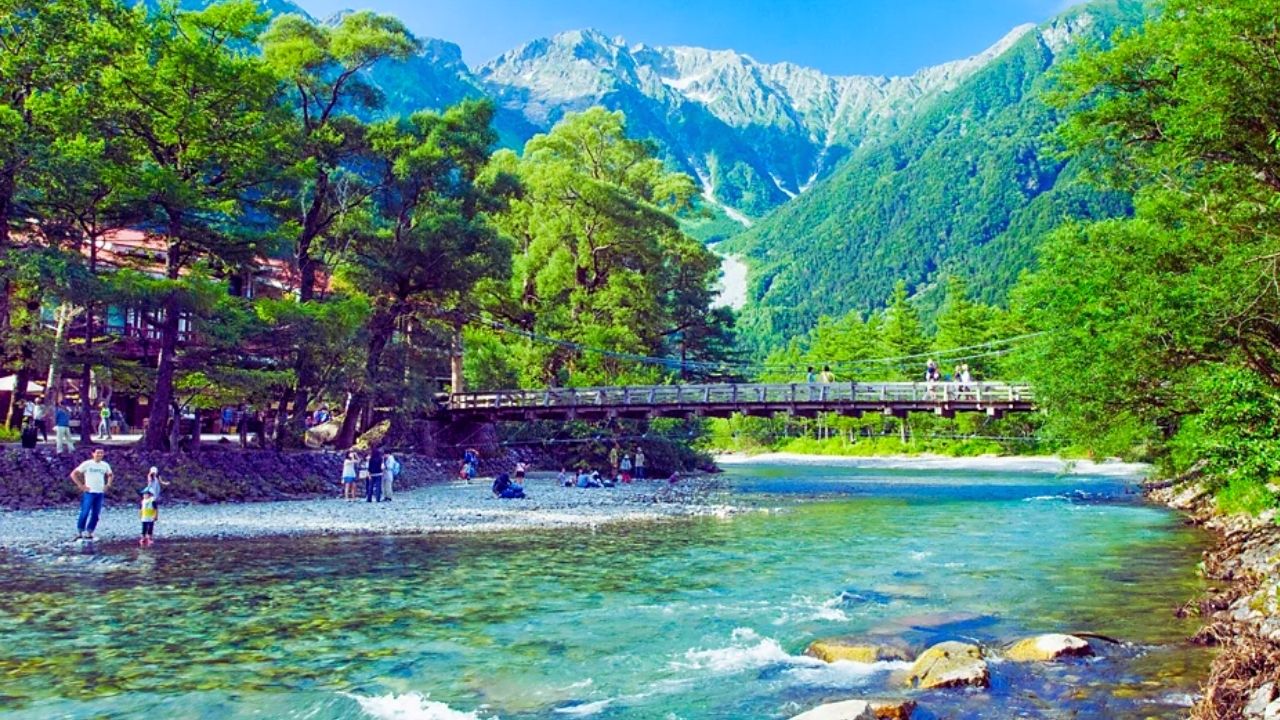

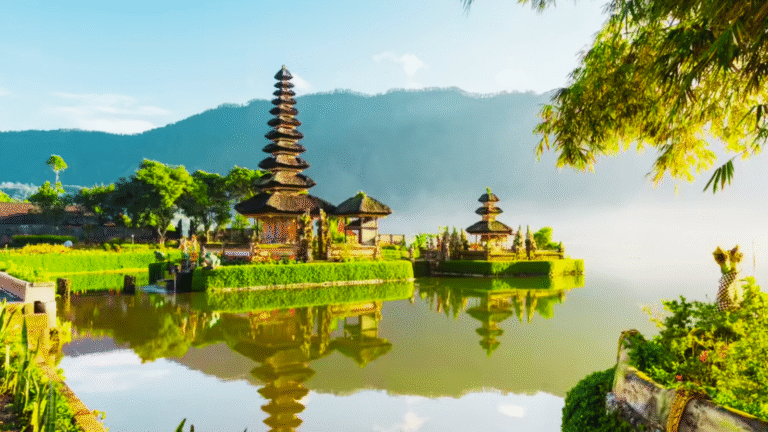
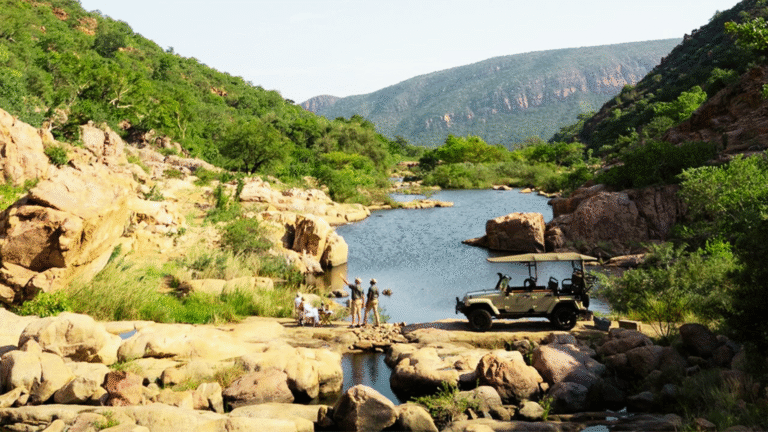




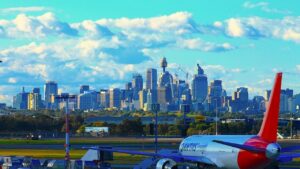
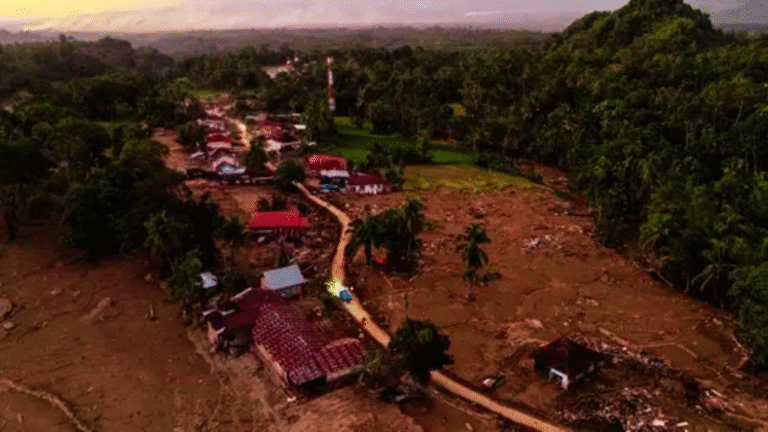


+ There are no comments
Add yours